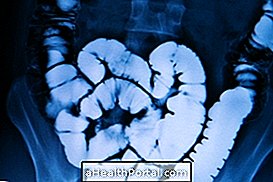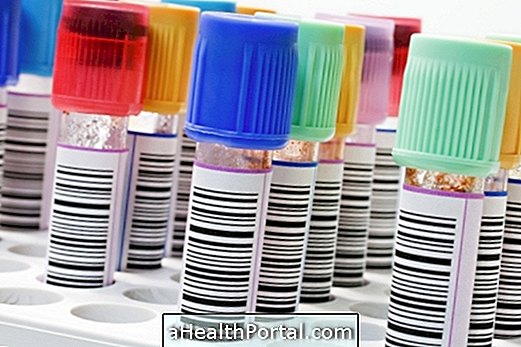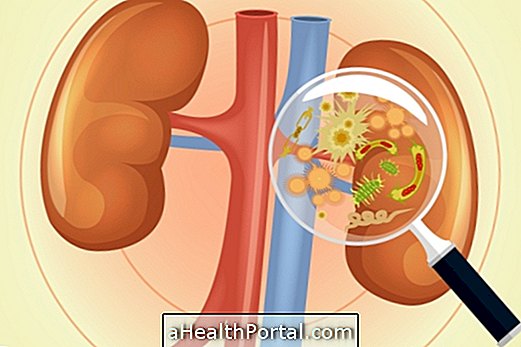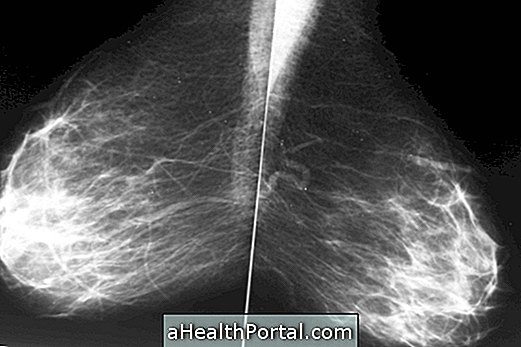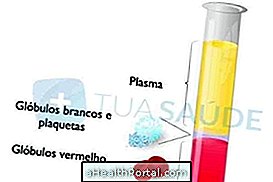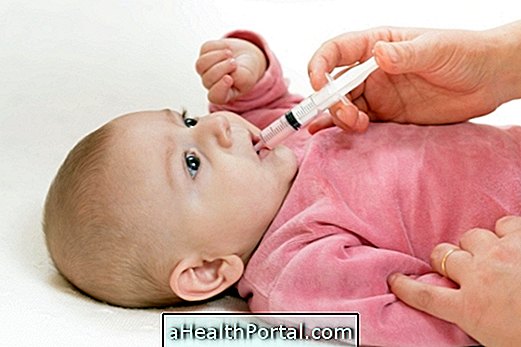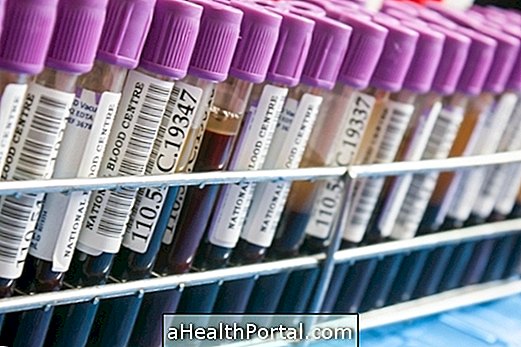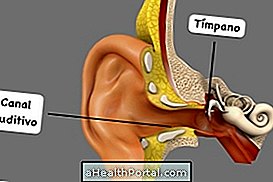Platelets are small cell fragments derived from a cell produced by the bone marrow, the megakaryocyte. The process of producing megakaryocyte by bone marrow and platelet fragmentation lasts for about 10 days and is regulated by the hormone thrombopoietin, which is produced by the liver and kidneys.
Platelets play an essential role in the process of platelet buffer formation, which is essential to avoid large bleeding, so it is important that the amount of circulating platelets in the body is within normal reference values.
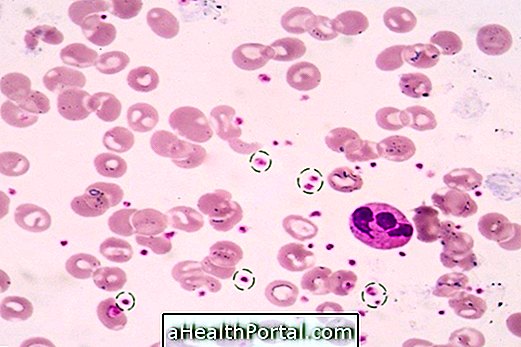
Main functions
Platelets are fundamental for the process of platelet buffer formation during the normal response to vascular injury. In the absence of platelets, several spontaneous blood leaks may occur in small vessels, which may compromise the person's health.
Platelet function can be classified into three main steps, which are adhesion, aggregation and release and are mediated by factors released by platelets during the process, as well as other factors produced by the blood and organism. When there is an injury, the platelets are immobilized to the injury site to prevent excessive healing.
At the site of the lesion, the specific interaction between the platelet and the cell wall, adhesion process, and the interaction between platelet and platelet (aggregation process) occur, which are mediated by the fact that Von Willebrand can be found inside the platelets. In addition to the release of the von Willebrand factor, there is the production and activity of other factors and proteins related to the blood coagulation process.
The von Willebrand factor present in platelets is usually associated with coagulation factor VIII, which is important for factor X activation and continuity to the coagulation cascade, resulting in the production of fibrin, which corresponds to the secondary hemostatic buffer.
Reference values
In order for the coagulation cascade and platelet buffer formation process to occur correctly, the amount of platelets in the blood must be between 150, 000 and 450, 000 / mm³ of blood. However, there are some situations that can cause the amount of platelets to decrease or increase in the blood.
Thrombocytosis, which corresponds to an increase in the amount of platelets, usually does not generate symptoms, and is perceived through the accomplishment of the hemogram. The increase in the number of platelets is usually related to changes in the bone marrow, myeloproliferative diseases, hemolytic anemias and after surgical procedures, for example, because there is an attempt by the body to avoid large bleeding. Know other causes of platelet enlargement.
Thrombocytopenia is characterized by a decrease in the amount of platelets that may be due to autoimmune diseases, infectious diseases, nutritional deficiency of iron, folic acid or vitamin B12 and problems related to problems in the spleen, for example. Signs of bleeding in the nose and gums, increased menstrual flow, presence of purple spots on the skin, and blood in the urine, for example, may be noticeable. Learn all about thrombocytopenia.
How to increase platelets
One of the possible alternatives to increase the production of platelets is through the hormonal replacement of thrombopoietin, since this hormone is responsible for stimulating the production of these cellular fragments. However, this hormone is not available for clinical use, but there are medications that mimic the function of this hormone, being able to increase platelet production about 6 days after starting treatment, such as Romiplostim and Eltrombopag, which should be used according to medical advice.
The use of the drugs, however, is only recommended after the identification of the cause of the decrease in platelets, which may require removal of the spleen, use of corticosteroids, antibiotics, blood filtration or even platelet transfusion. It is also important to have a proper and balanced diet, rich in cereals, fruits, vegetables, and lean meats to aid in the process of blood cell formation and promote recovery of the body.

When donation of platelets is indicated
The donation of platelets can be made by anyone over 50 kg and healthy and aims to assist in the recovery of the person being treated for leukemia or other types of cancer, people undergoing bone marrow transplantation and cardiac surgeries, for example.
The donation of platelets can be done without any damage to the donor, since the replacement of platelets by the body lasts about 48 hours, and is done from the collection of blood of the donor that passes immediately by a process of centrifugation, to separation of blood constituents. During the centrifugation process, the platelets are separated into a special collection bag, while the other components of the blood return to the bloodstream of the donor.
The process lasts around 90 minutes and there is use of anticoagulant solution throughout the process to prevent the formation of clots and preserve blood cells. Platelet donation is only allowed for women who have never been pregnant and for people who have not used aspirin, acetylsalicylic acid or non-hormonal anti-inflammatory drugs within 3 days prior to donation.
